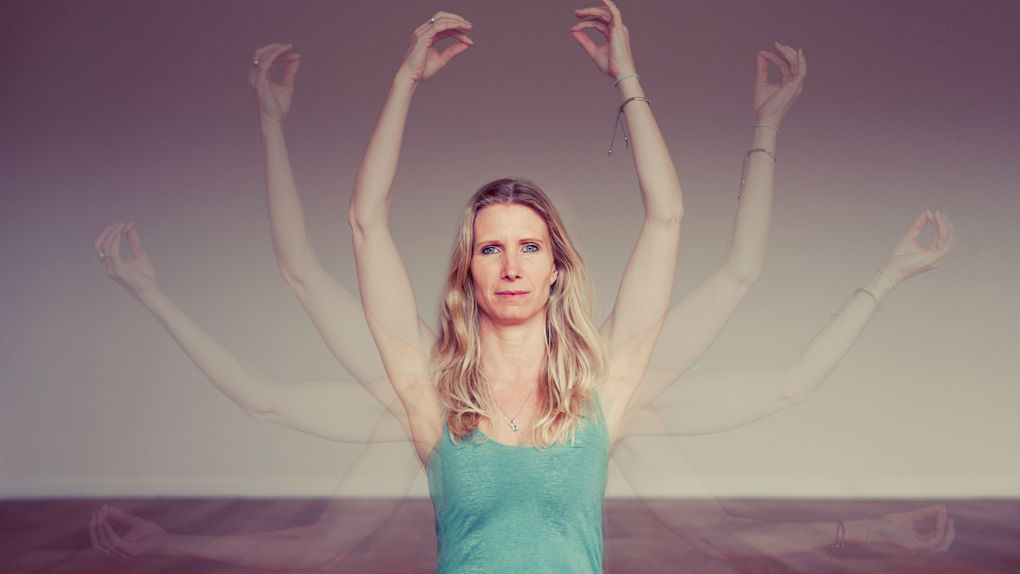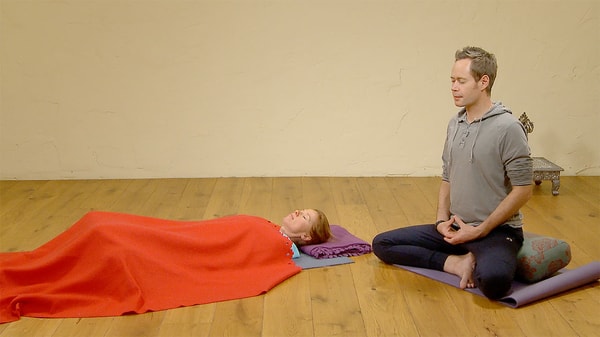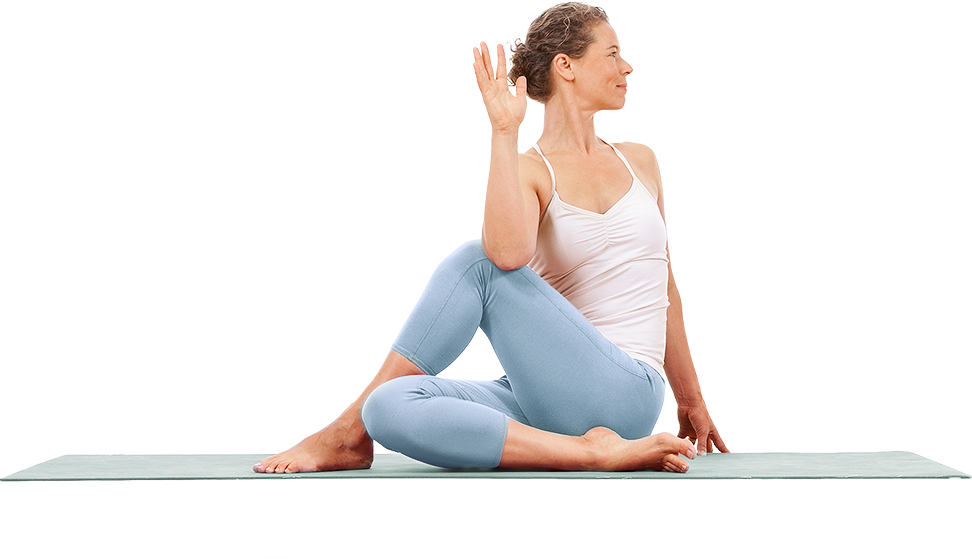The Eight Limbs of Yoga
This program is designed to help you achieve a good grasp of Patanjali's 8 Limbs of Yoga through informative talks, yoga, Pranayama and meditation.

The Eight Limbs of Yoga
This program is designed to help you achieve a good grasp of Patanjali's 8 Limbs of Yoga through informative talks, yoga, Pranayama and meditation. Go deeper and truly enrich your yoga practice.


Introduction
Learn about the 8 Limbs of Yoga
In the Yoga Sutras of Patanjali, the definition of yoga is given as Yogas citta vrtti nirodhah (1.2) - Yoga is the cessation of the fluctuations of the mind. Meaning the stilling of all our repetitive, whirling thoughts, desires, analysis and judgments. Patanjali laid out the Eight Limbed Path of Yoga as the tools to help us control these fluctuations or Vrittis and to live a meaningful and purposeful life. They are:
- The 5 Yamas
- The 5 Niyamas
- Asana
- Pranayama
- Pratyahara
- Dharana
- Dhyana
- Samadhi
In this program, we'll explore each of the 8 Limbs of Yoga in turn. With a talk on each limb and a mix of yoga, meditation and Pranayama classes to help you explore each topic on a practical level. There is also plenty of recommended reading material for those who like to dive even deeper.
Who is it for?
This program is aimed at yoga students and teachers who want to learn more about yoga philosophy. It is available to all EkhartYoga members. If you're not a member yet, you can register for your free two week trial
Connect with the world from an authentic and ethical place
The Yamas are primarily concerned with the world around us and our interaction with it. By considering these aspects in our daily practice and life, all of our decisions and actions come from a more considered, aware and ‘higher’ place. This enables us to become more authentic towards ourselves and others.






Seeking the truth within
The Niyamas refer to duties directed towards ourselves - inner observances. They are intended to help us build character. When we work with the Niyamas – from Saucha (cleanliness) to Isvararpranidhana (surrender to a higher power) - we're guided from the grossest aspects of ourselves to the truth deep within.






sthira sukham asanam
Asana is the only limb to refer to the physical aspect of yoga. It means ‘seat’ - the seat you would take for the practice of meditation. The only alignment instruction Patanjali gives for this Asana is “sthira sukham asanam”, the posture should be steady and comfortable.





Prana - means 'energy' or 'life force'
Prana - means 'energy' or 'life force' and often describes the breath in the sense that it's the very essence that keeps us alive. By working with the breath, we affect the mind in a very real way.






Sense withdrawal... the bridge between external and internal yoga
Pratya means to ‘withdraw’ and the second part ahara refers to anything we ‘take in’ by ourselves, such as the various sights, sounds and smells our senses take in continuously.





Focused concentration
Dharana and Pratyahara are essentially part of the same aspect. In order to focus on something, the senses must withdraw so that all attention is placed on that point of concentration, and in order to draw our senses in, we must focus and concentrate intently.





Meditative absorption
When we become completely absorbed in the focus of our meditation...this is when we’re really meditating.





Bliss!
Many of us know the word Samadhi as meaning ‘bliss’ or ‘enlightenment’. Breaking the word in half, we see that this final stage is made up of two words; ‘sama’ meaning ‘same’ or ‘equal’, and ‘dhi’ meaning ‘to see’. The ability to ‘see equally’ and without disturbance from the mind, without our experience being conditioned by likes, dislikes or habits, without a need to judge or become attached to any particular aspect; that is bliss.





Make yoga part
of your life
Sharing the love of yoga to create
positive change in the world



















